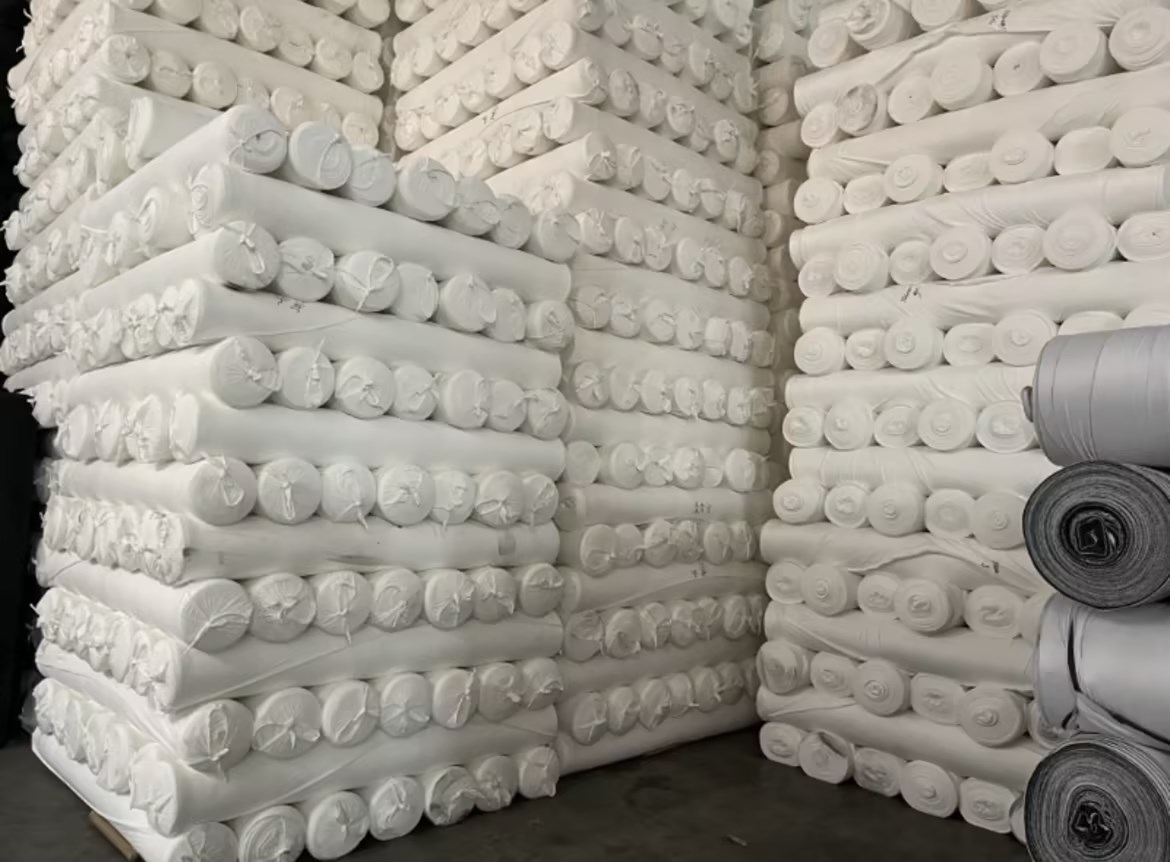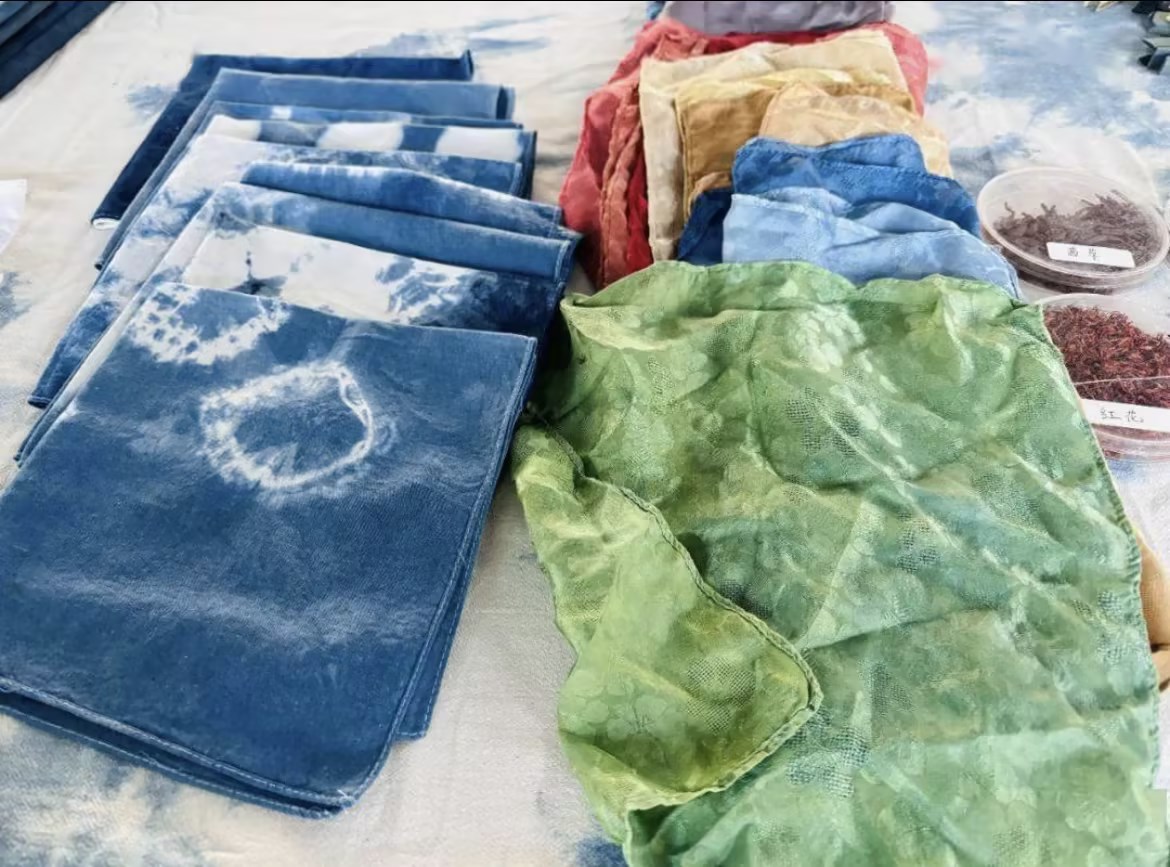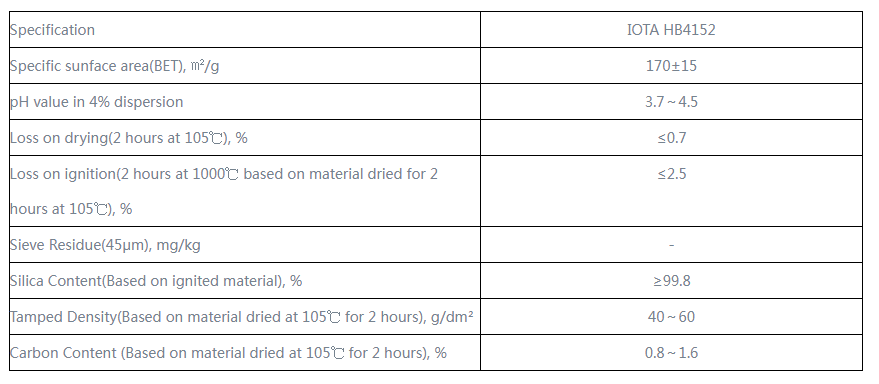Application of White Carbon Black in Textile Industry
1. Increase the softness and comfort of the fabric
White carbon black can be mixed with fibers to form coatings or additives that alter the surface properties of fabrics. Its micro nano scale pore structure can adsorb and release moisture, making the fabric have good breathability and moisture absorption, thereby improving the comfort of wearing. This characteristic is particularly important in close fitting clothing such as sportswear and underwear, which can effectively keep the skin dry, reduce friction and discomfort.

In addition, white carbon black can increase the softness and elasticity of fabrics. When white carbon black is added as a filler to fibers, it can fill the gaps between fibers, making the fabric tighter and softer to the touch. At the same time, the elasticity of white carbon black can also give fabrics a certain degree of elasticity, making them more in line with the body's curves, improving the comfort and aesthetics of wearing.
2. Improve the wear resistance and washability of the fabric
White carbon black has extremely high hardness and wear resistance, and when added to fabrics, it can significantly improve the wear resistance of the fabric. Friction and wear between fibers are inevitable in the production and use of textiles. The addition of white carbon black can reduce this wear and prolong the service life of the fabric.
Meanwhile, white carbon black can also adsorb impurities generated during the washing process, reducing damage to fibers. During the washing process, detergent and impurities in water are prone to adhere to the surface of fibers, causing damage and fading of the fibers. The adsorption performance of white carbon black can effectively remove these impurities, protect the fibers from damage, and maintain the color and texture of the fabric.
3. Improve the filtration and purification performance of fabrics
White carbon black has extremely strong adsorption ability, which can adsorb fine particles and harmful gases. Therefore, adding white carbon black to fabrics can increase their filtration and purification performance. This characteristic is particularly important in textiles such as protective clothing and masks. By adding white carbon black, these textiles can more effectively block harmful substances such as bacteria, viruses, and dust in the air, providing additional protection for the wearer.
In addition, white carbon black can also adsorb harmful gases generated during the production and use of textiles, such as formaldehyde. These harmful gases are harmful to human health, and the addition of white carbon black can effectively reduce the release of these gases, ensuring the health of the wearer.

4. Realize the intelligence and multifunctionality of fabrics
White carbon black not only has excellent physical and chemical properties, but also has good electrical conductivity. This makes white carbon black have broad application prospects in smart textiles and wearable devices. By controlling the adsorption and release capacity of white carbon black, temperature and humidity can be regulated to provide a more comfortable wearing experience. For example, adding white carbon black to sportswear can automatically adjust the breathability and moisture absorption of the fabric according to the amount of human sweat, keeping the skin dry and comfortable.
In addition, the electrical conductivity of white carbon black can also be used to manufacture sensors and wearable devices. These devices can monitor physiological indicators of the human body in real-time, such as heart rate, blood pressure, etc., providing strong support for health management. By combining with other nanomaterials and functional additives, white carbon black can also form composite fibers and coatings, achieving the manifestation of more new functions. For example, adding antibacterial agents can endow fabrics with antibacterial properties; Adding UV absorbers can improve the UV resistance of fabrics.

5. Application in textile printing and dyeing
In the process of textile printing and dyeing, white carbon black, as a pigment additive, can provide rich color choices and improve the color fastness and printing quality of printed and dyed products. In the traditional printing and dyeing process, dye molecules are prone to falling off during the washing process, leading to fabric fading. As an adsorbent, white carbon black can firmly adsorb dye molecules onto the surface of fibers, improving the color fastness of printed and dyed products.
Meanwhile, white carbon black can also serve as a decolorizing agent for treating wastewater containing dyes. During the textile printing and dyeing process, a large amount of wastewater containing dyes is generated. If these wastewater are directly discharged into the environment, they will cause serious pollution to the water body. White carbon black can adsorb decolorizing substances through mechanisms such as charge transfer and anion exchange, achieving purification treatment of wastewater. This environmentally friendly, efficient, and economical decolorization technology has important application value.


